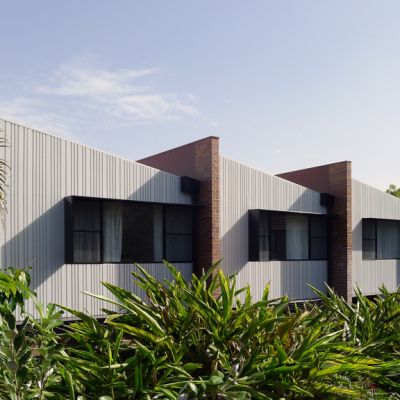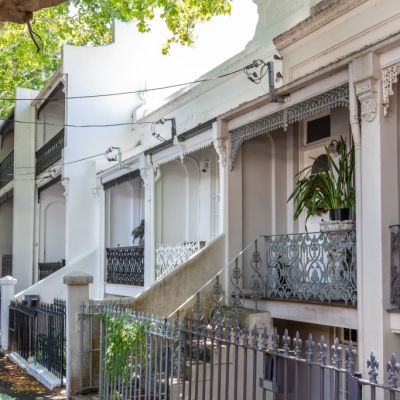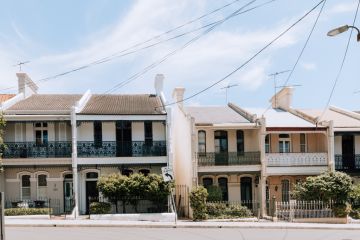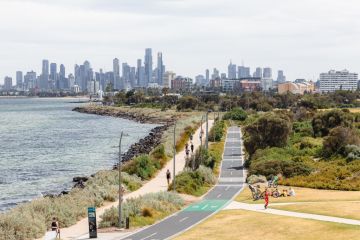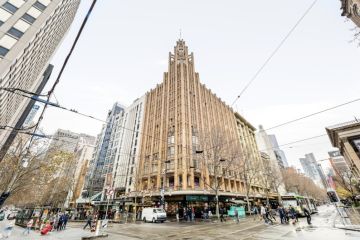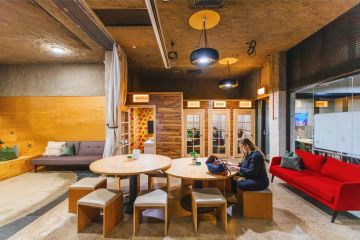Better urban design could improve mental health: experts
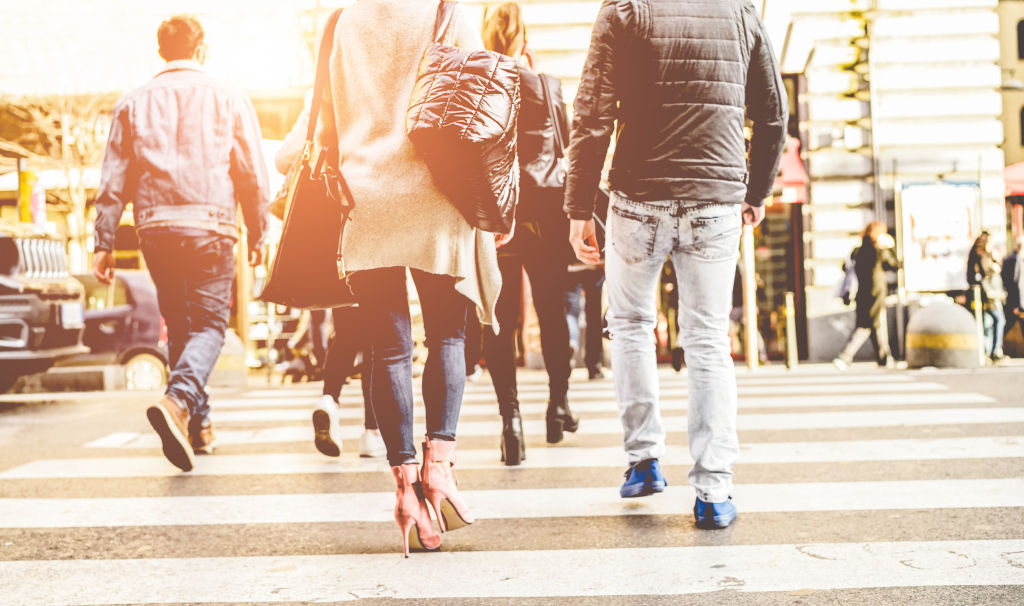
Nearly half of all Australians will experience some kind of mental illness in their lifetime, but how much does living in ever more crowded cities contribute to that suffering?
As the Productivity Commission reports that mental ill-health and suicide costs Australia about 3000 lives and up to $180 billion a year, the world’s experts now believe that better design and functionality of cities could help cut the toll massively.
An international seminar being held on Thursday in Sydney will hear that city planners, architects, developers and councils can do a great deal to reduce the rate of illness, and improve overall health.
“Increasing urban density can have a negative effect on people and affect mental health and increase depression and anxiety,” said Italian researcher Dr Alice Covatta of the Centre for Urban Design and Mental Health, now based in Tokyo, the largest urban area in the world with about 37 million people.
“That’s particularly with noise pollution, crowds, a lack of public spaces and buildings used as giant advertising billboards. That can bring on a sense of being overloaded, over-stimulated and feeling oppressed. But well-designed cities can promote well-being by giving people a sense of intimacy, individuality and making sure they don’t feel lonely within the crowds.
“We need to bring public spaces outside, rather than hiding them inside buildings, and create more lovely neighbourhoods with bookshops and libraries and parks and public places to sit and read, where you’re enjoying privacy but not feeling isolated. We need more integration of architecture and health to improve people’s lives.”
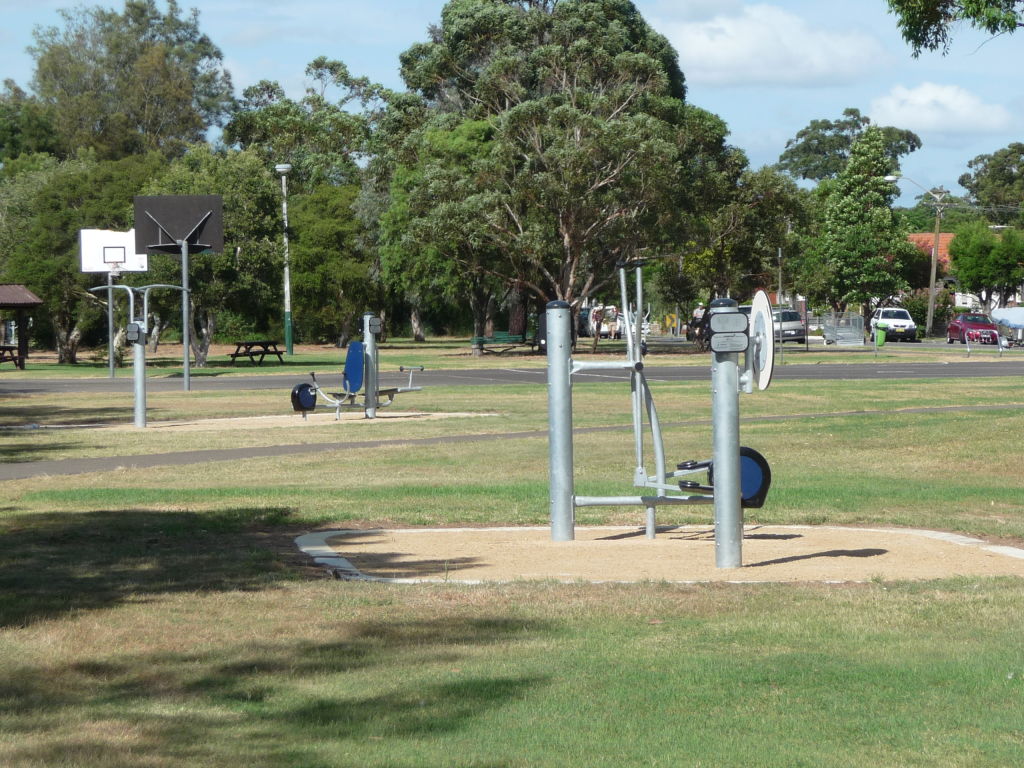
The message is that increased urban density, when poorly implemented, can exacerbate feelings of isolation, and escalate the rate of mental illness. But when done well, it can provide extremely healthy and happy places to live and, if needed, easier access to medical, psychological and psychiatric help.
One study into planning healthy, high-density precincts involves University of NSW Professor Susan Thompson, who specialises in the study of planning, designing and building environments that support people’s well-being.
She believes the lessons are threefold: that cities need to be structured to support and encourage people to be physically active, give them easy access to healthy food and provide social connection.
The worst cities mean people commute for long distances to work, have too many cars and a lot of pollution, little public transport, too many fast food outlets – particularly in low socio-economic areas – too few green spaces, unappealing public areas and feel lonely and hostile.
The best have diverse employment hubs nearby, flexible working arrangements, good public transport links, well-planned pathways and green space for walking and cycling, community gardens, farmers’ markets, and inviting, comfortable public spaces to meet other people in.
“As we live in higher density apartments, the public realm becomes even more important to go out and connect with others,” said Professor Thompson, professor of planning and director of the city wellbeing program in the UNSW’s City Futures Research Centre.
“We need to make them inviting and fun to be in, and relevant to the climate and culture, with shading, toilets, bubblers and plenty of seats particularly with backs and armrests for older people.
“For instance, street libraries or areas with public art can be great places to stop and chat and create a great sense of belonging, and greening public spaces is critical for psychological health and relaxation. A great example in Sydney is The Greenway in the inner west, an environmental corridor that follows the light rail, with art installations, a dog park, and good things to see.”
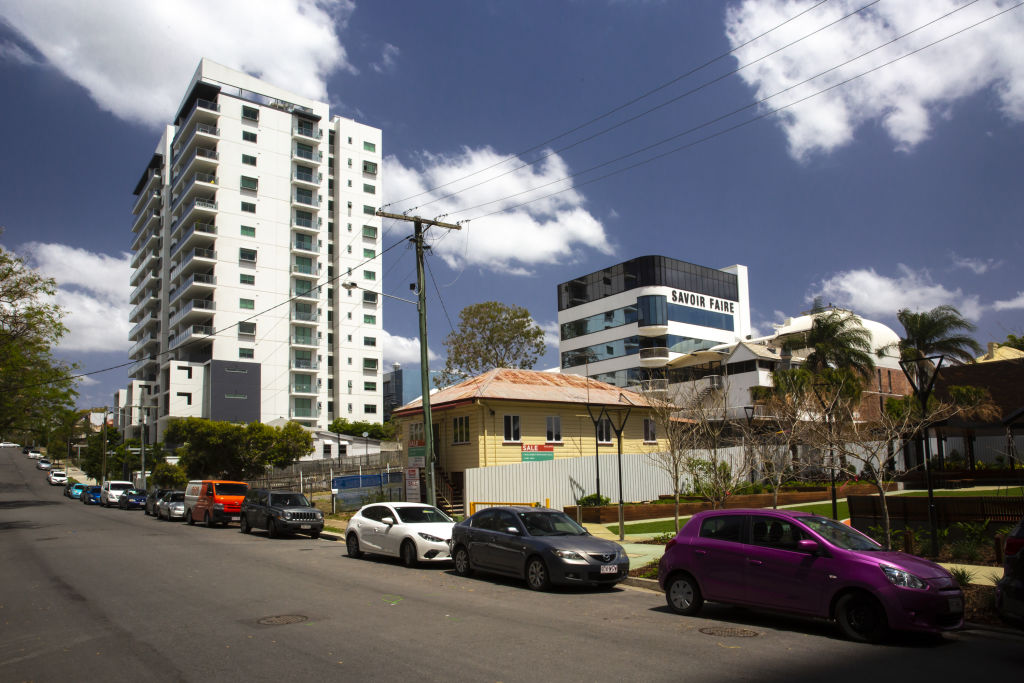
As more people live in apartments in cities, the design of those buildings is also critical for good mental health, says Dr Hazel Easthope, associate professor also at the City Futures Research Centre, and author of the new book, The Politics and Practices of Apartment Living.
She says poorly designed and built blocks, with a mix of people who don’t get on, can create huge stresses for residents. “You might have shift workers, newborn children, party animals and retirees who are arguing about noise and the way the building should be run, particularly if there are issues like defects,” she said.
“Then you’re going to have tensions and mental health issues. But good apartment buildings with residents who have good relationships with each other offer the potential for positive health outcomes. Being able to act together and make collective decisions is a challenge that can also be a great opportunity, and the community can help each other and look after each other.”
The Productivity Commission’s inquiry heard that one in five Australians experience mental illness in any year, most commonly depression, anxiety and substance-use disorder. Its draft report was released last week, and written submissions are open until January 23, 2020.
The built environment is a critical factor in mental health, believes Professor Jason Prior of the Institute for Sustainable Futures at UTS, who’s leading the study of planning policy and how it does – or doesn’t – incorporate health considerations. Well-planned, well-structured and well-built urban density can always help boost people’s mental health, he says.
“It can play a significant role in health outcomes, and also for the planet which, in turn, affects us,” he said. “Creating denser and more highly populated places can be linked to improvements in overall health and reduce health inequalities and social isolation, but it’s always about how we do it.
“Done badly, living closer together can, for instance, mean noise becomes a big issue and on a daily basis, disturbed sleep can have mental health impacts. Urban densification can go both ways, and it’s important that people realise that. We need good planning regulations to bring out the best.”
If you or someone you know needs help, contact Lifeline on 13 11 14, Beyond Blue on 1300 224 636 or the Suicide Call Back Service 1300 659 467.
We recommend
We thought you might like
States
Capital Cities
Capital Cities - Rentals
Popular Areas
Allhomes
More

